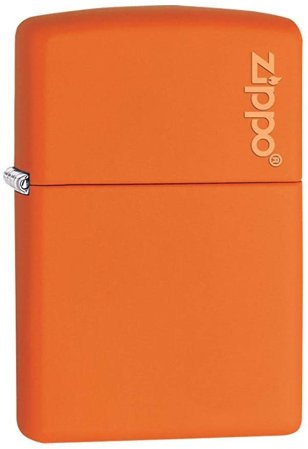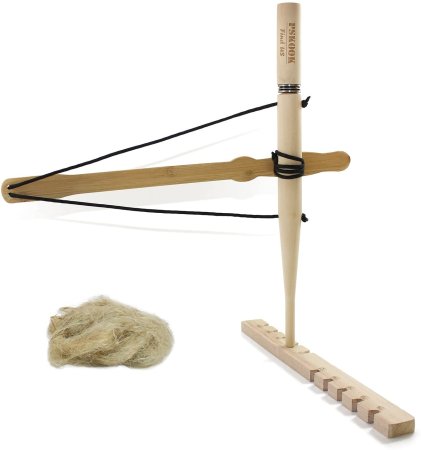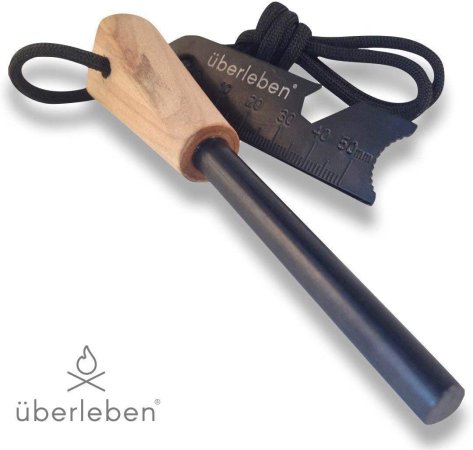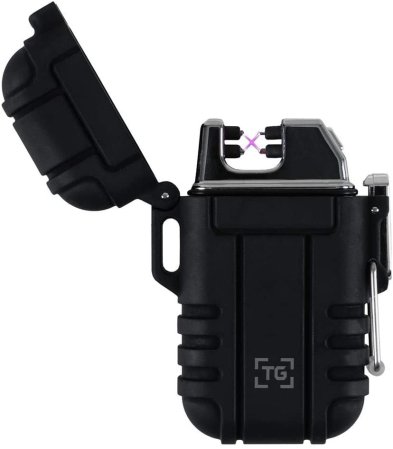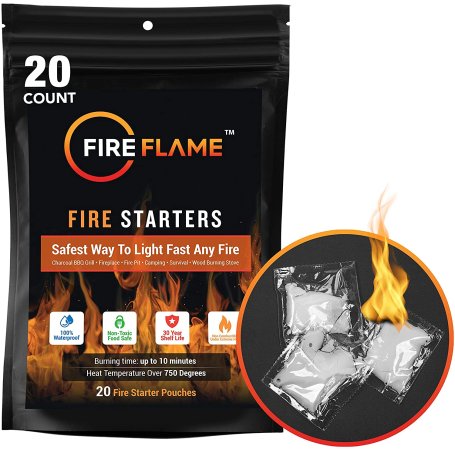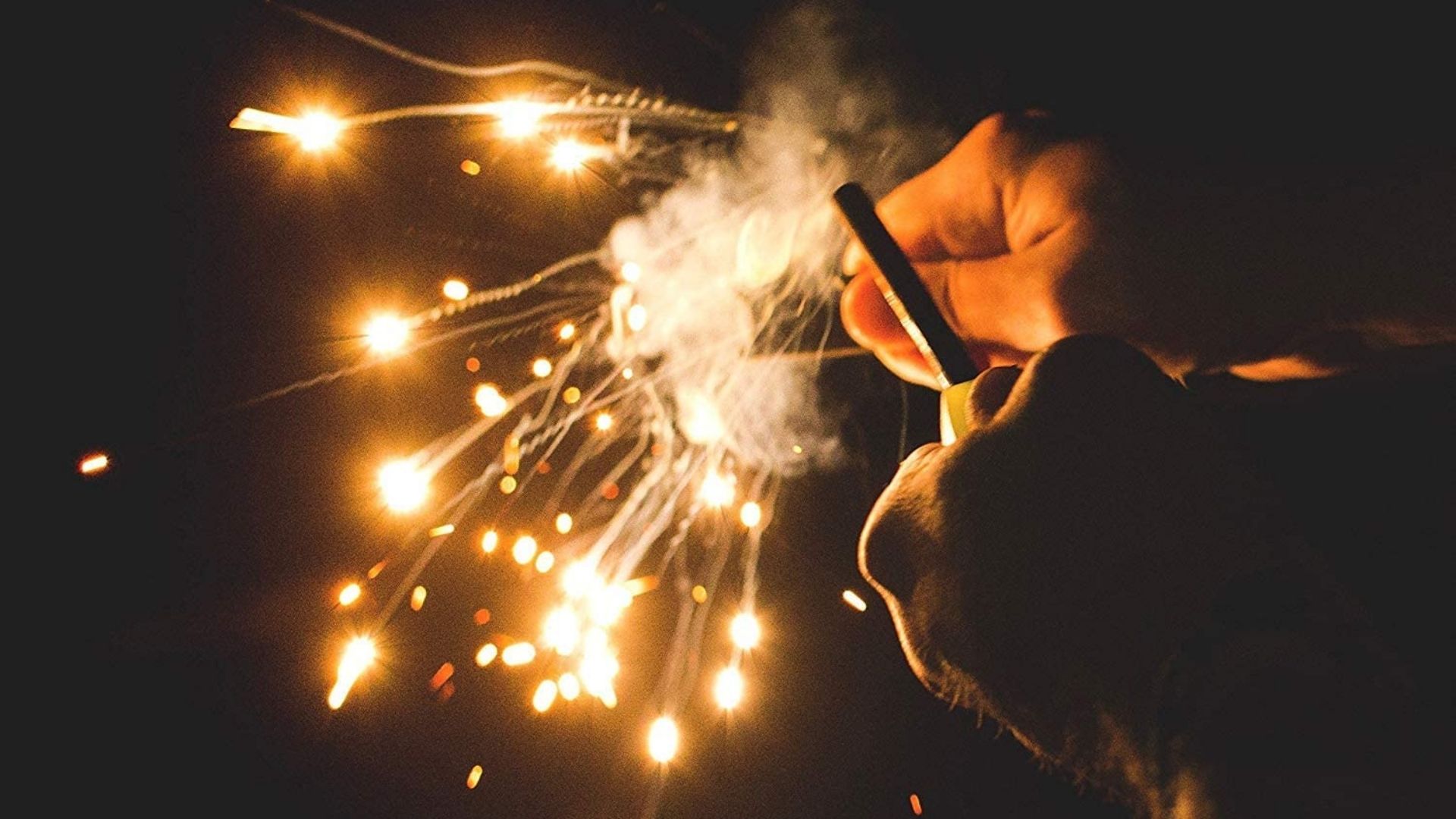

We may earn revenue from the products available on this page and participate in affiliate programs.
Being able to start a fire is one of the oldest and most elemental survival skills you can have. Striking a spark on your own is empowering, and failure is embarrassing, to say the least. It doesn’t matter if the plan of the day involves firing up the grill for a gameday barbeque or creating a small fire to purify water in the wilderness, you need to create fire one way or another. In my search for the best fire starters, I encountered everything from prehistoric friction-based tools to battery-powered plasma lighters. There is also a wide selection of tinder out there to make stoking flames that much easier (no, the other tinder, although I guess that sentence would make sense both ways).
Take a look and see how far fire-starting has come since the days of smoking yourself out in a cave. Go back to your roots or take a step forward with your next purchase.
Zippo Pocket Lighter
Pskook Bow Drill
Black Beard Fire-Starter Rope
Uberleben Zunden
TG Plasma Lighter
Fire Flame Pouches
Related: The best windproof lighters for your next outdoor adventure
Why should you trust us
Here at Task & Purpose, I do my best to keep you up to speed on the best outdoor and survival gear and gadgets currently available. If having the right tent or tomahawk will get you outside and on the path to adventure, I’m here to help. I’ve struggled with wet matches and allegedly gone a bit overboard with gas, so I understand how important it is to have a fire starter that’s appropriate for your given situation. Buy smart, be safe, and watch those eyebrows.
Popular types of fire starters
Starting a fire is simple; you need air, fuel, and spark. There are several ways to go about this. Air is a given. Fuel can come in the form of logs, charcoal, or propane, but you’ll need quality tinder to get the main event kicked off. The spark can be created using friction, fuel, or electricity. What works in the backyard fire pit might not always be sufficient in a survival situation. Feel free to find the right combination for you.
Friction
The most basic way to start a fire (aside from being in the right place at the right time during a lightning storm) is with a good old-fashioned bow drill. You can theoretically do the same thing freehand, but it takes way more effort and the likelihood of success is low. Ferro rods make the process easier by replacing wood with steel and combustible ferrocerium.
This is probably the most rewarding way to start a fire because it takes the most skill. The principles can also be put to use with a homemade bow drill or flint and steel in an emergency, so you can take comfort in building a lifelong skill. Just be prepared to spend a significant amount of time learning how to use these tools effectively.
Fuel
Yes, lighters that run on fuel still require spark. In a Zippo, for example, you still create sparks by turning the friction wheel with your thumb. The difference is that fuel is carried internally, so you don’t have to transfer those sparks to your tinder. Once lit, liquid fuel will continue to burn in a controlled manner until you shut off the supply.
This is the most common style of lighter. It’s light, portable, reliable, and inexpensive. Lighter fluid burns well even when it’s raining or cold, and is fairly resistant to wind. The drawback is having to refill the lighter fluid frequently. Disposable lighters are cheap, but you get what you pay for and you’re better off buying a quality lighter from the start.
Electricity
Rather than storing lighter fluid, plasma lighters use electricity to generate enough heat to cause tinder to combust. This approach is clean, reliable, and sustainable. Instead of relying on a supply of lighter fluid, you can plug one of these into a portable solar panel and have quick, convenient access to fire indefinitely.
Durable, waterproof bodies and compact batteries make this style of lighter a compelling option for any survival kit. Solar charging gives them the potential to be your most sustainable option, but plan ahead and buy a solar panel and battery backup to set yourself up for success.
What to look for when buying a fire starter
The first thing you need to think about is how you plan on using your fire starter. Do you need efficient tinder for your backyard fire pit? Are you interested in upgrading from that finicky disposable lighter? Is it time to find a sustainable addition to your survival kit? Once you answer those questions, you can narrow down your search.
Think about how much time you’re willing to invest and what your budget will allow. Some survival fire starters require considerable skill to use effectively, but they’re extremely enduring. Others solve the age-old problem with technology as long as you have the fuel or energy to keep them operational.
Why do you need a fire starter?
Most of us don’t start fires very often, but when you need to create clean drinking water or safely prepare food in a survival situation, it might be the most important skill you have. Without electricity, a fire might be the only way to protect yourself against foodborne illness and stay warm. If you think starting a fire is as simple as rubbing two sticks together for a few seconds or banging a rock against a metal object, you’ve got another thing coming. Having the proper tools and knowing how to use them is essential.
Owning one of the fire starters in this gear guide isn’t enough. You need to practice with it to stay proficient. If your choice requires fuel or electricity to operate, it’s important to stockpile a backup supply of lighter fluid or charging power, as well.
- Reliable fire starting in adverse conditions
- Portable fuel to create a flame
- Equip your survival kit to sterilize water and cook food
Pricing ranges for fire starter
Regardless of which approach you take, fire-starters generally cost between $10 and $20. You might find less expensive alternatives out there, but don’t expect the same performance and reliability.
How we chose our top picks
Although it isn’t always possible to hand-test all the products we review in a head-to-head shootout, we at Task & Purpose have plenty of experience starting fires. When we find a product we haven’t used ourselves, we turn to thousands of customers who have shared their opinions in the form of online reviews and ratings. Combine the wisdom of crowds with our real-world experience, and you’ll get a solid foundation to make a decision.
